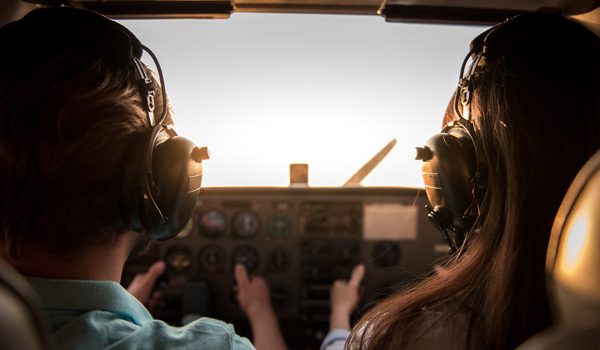Programs
Flight Training is a highly performance-based education which means that each student’s training will be different from the other and it all depends on you. This is why we can only provide applicants with estimates of the course duration and cost.

All licences, Permits, and Ratings are issued by Transport Canada. Transport Canada is the governing body of Aviation in Canada. The role of a Flight School or a Flight Training Unit (FTU) is to prepare the candidate at or above standards of proficiency and safety set by Transport Canada.
Once meeting the program requirements in terms of knowledge, experience, and skill, candidates may submit their application for a permit, licence, or rating to Transport Canada.
Licence/Permit/Rating
Flight training candidates can receive training towards a Permit, a Licence, or a Rating. Here at Island Coastal Aviation, we assist candidates to obtain the following permits:
- Student Pilot Permit, which is obtained as a part of Recreational or Private Pilot training, and
- Recreational Pilot Permit (RPP)
We also assist candidates in obtaining the following licences:
In the aviation industry, ratings can be thought of as options that can be added to your license. As an example, a new PPL holder is typically restricted to daytime only, however, a Night Rating will enable them to fly at night. The ratings we offer at Island Coastal Aviation include:
Types of Instruction
Candidates for flight training typically receive 5 different types of instruction depending on the requirements of their program.
- Ground School Instruction: Classroom-type instruction, generally to more than one person, covering items to be taught in the curriculum. This prepares the student for the written examination, although
instruction may also be extended to cover the air exercises. - Preparatory Ground Instruction (PGI): Classroom-type instruction, normally on a one-to-one basis, but not excluding group instruction, covering the steps necessary to fly an air exercise. While the basic theory of flight, where applicable, would previously have been covered in ground school, some theory may be necessary to explain a point related to the conduct of the air exercise. Essentially Preparatory
Ground Instruction should cover the “how to do an air exercise”. - Pre-Flight Briefing: Discussion on a one-to-one basis just prior to the conduct of an air exercise to ensure that the student understands exactly what will take place, including the important aspects:
(a) What are we going to do;
(b) How are we going to do it; and,
(c) Safety Considerations. - In-Flight Instruction: The in-flight exercise is the culmination of all ground training and preparation.
- Post-Flight Briefing: The instructor would review with the student each exercise undertaken during the flight. In the case of a dual flight, the debriefing would include strengths and weaknesses and suggestions to improve performance. An outline of the next training session should be given along with study assignments. This should follow all flights, dual and solo. Points should include:
(a) The student’s own assessment of the flight and performance.
(b) The instructor’s assessment of the student’s performance.
(c) Answering any questions the student may have.
(d) Assigning study subjects where appropriate.
- Ground School Instruction: Classroom-type instruction, generally to more than one person, covering items to be taught in the curriculum. This prepares the student for the written examination, although
For more information, please visit the Frequently Asked Questions page on our website.